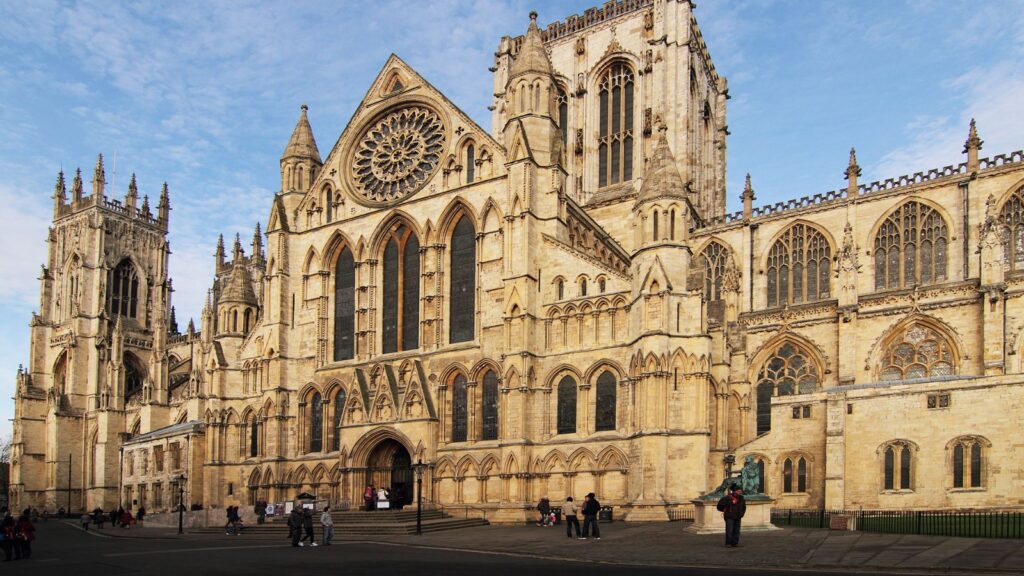Britain is a land steeped in history, with each corner of the country brimming with tales of the past—there’s no shortage of fascinating sites to explore. Whether you’re a history buff or simply looking to soak in some culture, these 20 historic British sites are must-visits.
Hadrian’s Wall

Stretching across the north of England, Hadrian’s Wall— “73 miles (80 Roman miles) long,” according to English Heritage—marks the northern boundary of the Roman Empire in Britain; built on the orders of Emperor Hadrian in AD 122, this 73-mile-long defensive barrier was meant to keep out the Picts and other tribes. Walking along the remains of the wall, you’ll come across ancient forts, milecastles, and beautiful landscapes.
The Tower of London
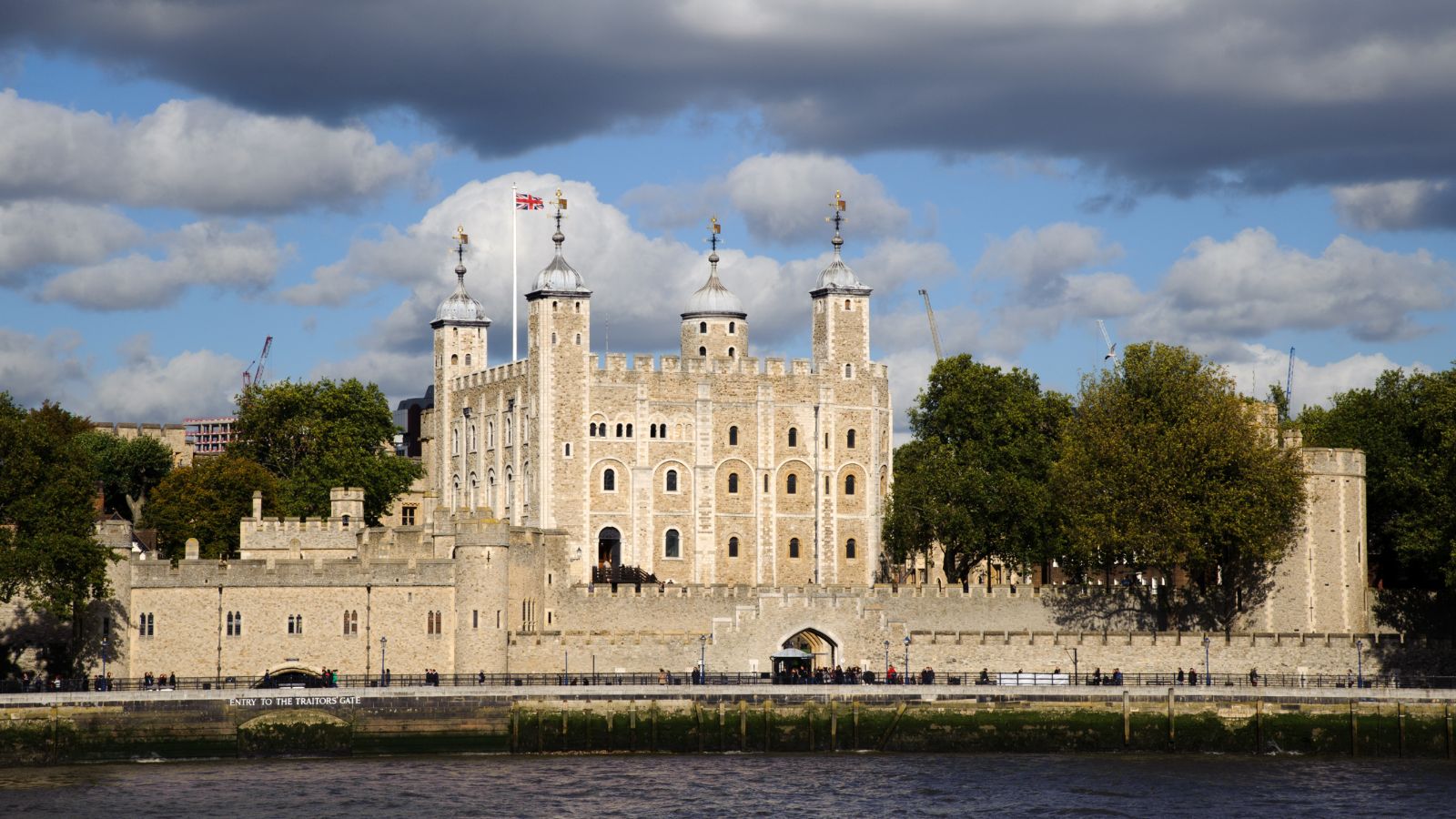
The Tower of London is a historic castle on the banks of the River Thames in central London. Established by William the Conqueror in 1066, this imposing structure has served as a royal palace, a prison, an armoury, and even a zoo. The Tower is also home to the Crown Jewels.
Edinburgh Castle
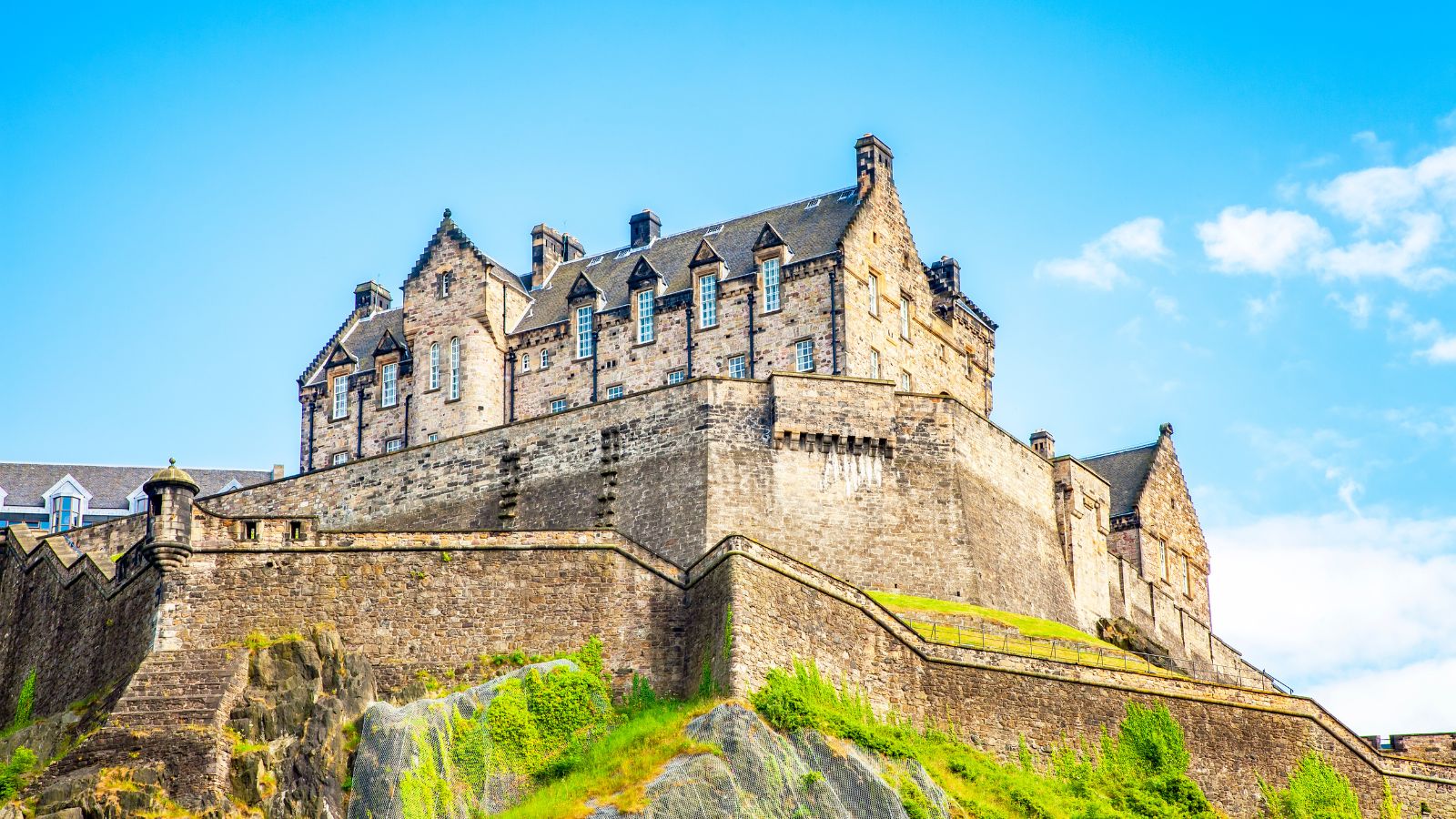
Perched atop Castle Rock, Edinburgh Castle dominates the skyline of Scotland’s capital city. With a history dating back to at least the 12th century, this formidable fortress has witnessed countless sieges, battles, and royal events. Today, visitors can explore its historic buildings, including the Royal Palace, the Great Hall, and St Margaret’s Chapel.
The Roman Baths
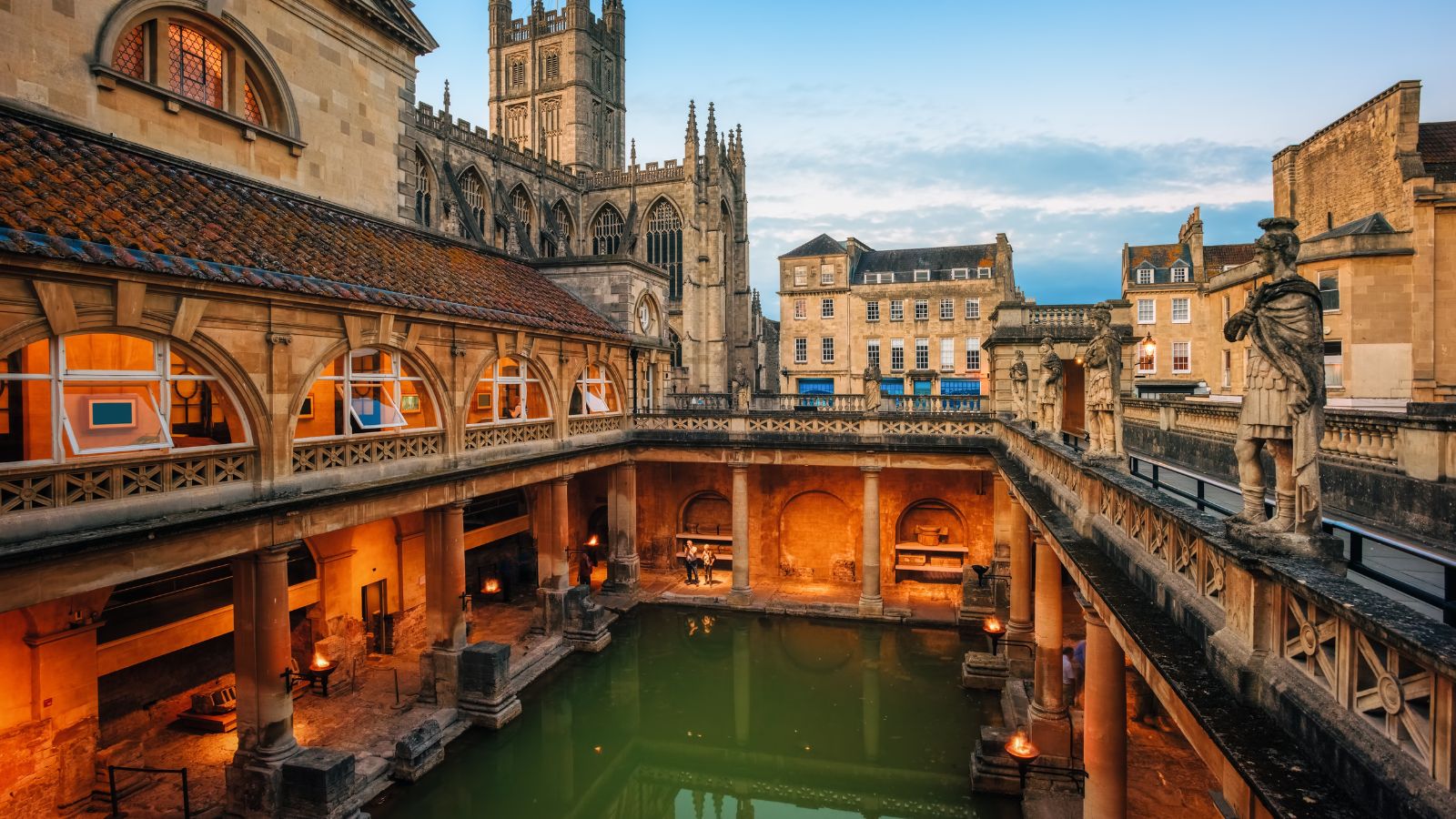
The Roman Baths in the city of Bath are some of the best-preserved ancient Roman spas in the world. Built around 70 AD, these baths were a place of relaxation and socialising for Roman citizens. The site includes the Sacred Spring, the Roman Temple, the Bath House, and a fascinating museum.
Canterbury Cathedral
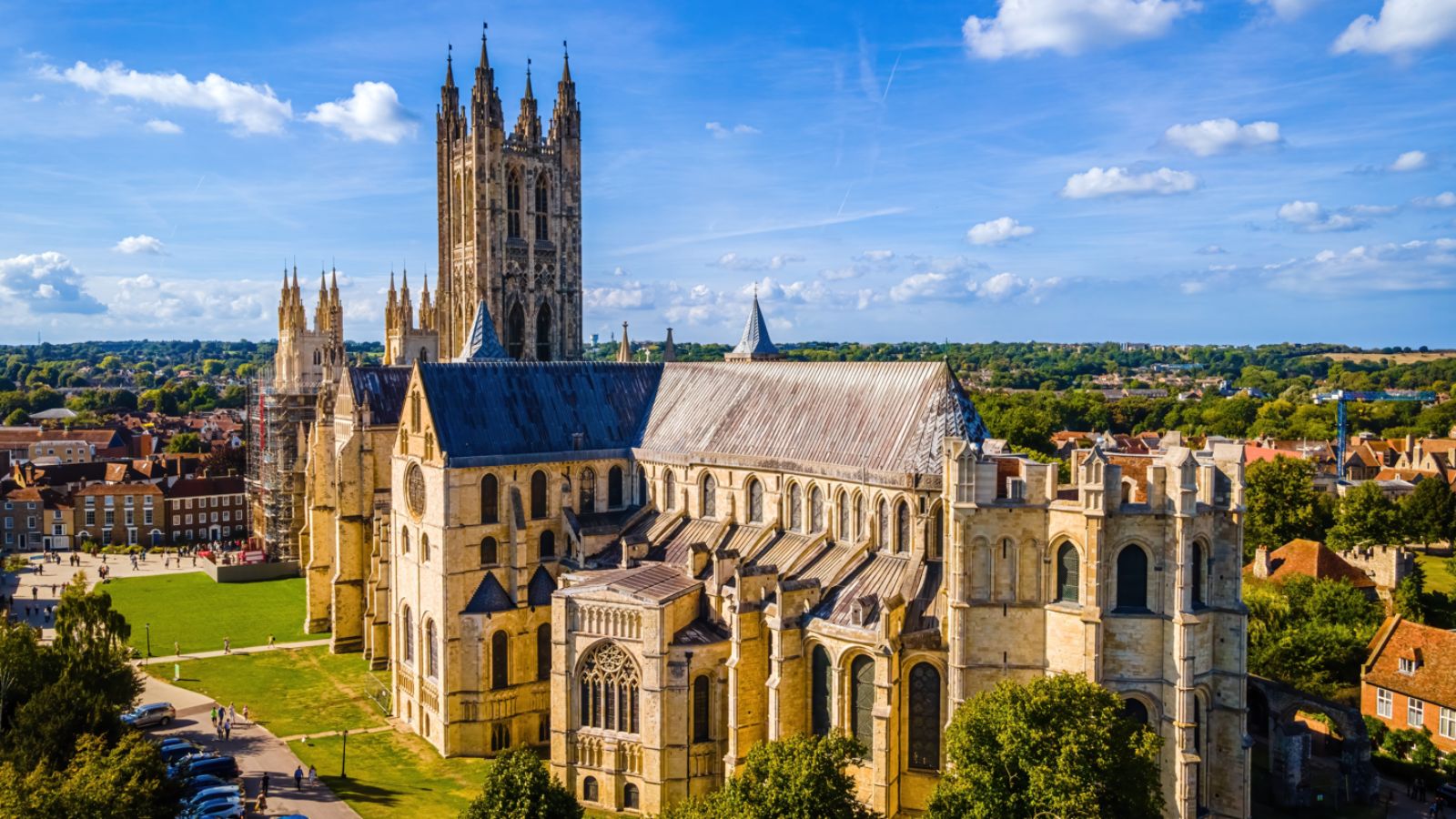
Canterbury Cathedral is one of the oldest and most famous Christian structures in England. Founded in 597 AD by St Augustine, it has been a place of pilgrimage for centuries, especially after Archbishop Thomas Becket’s martyrdom in 1170. Its stunning Gothic architecture, intricate stained glass windows, and serene cloisters make it a beautiful place to visit.
The British Museum
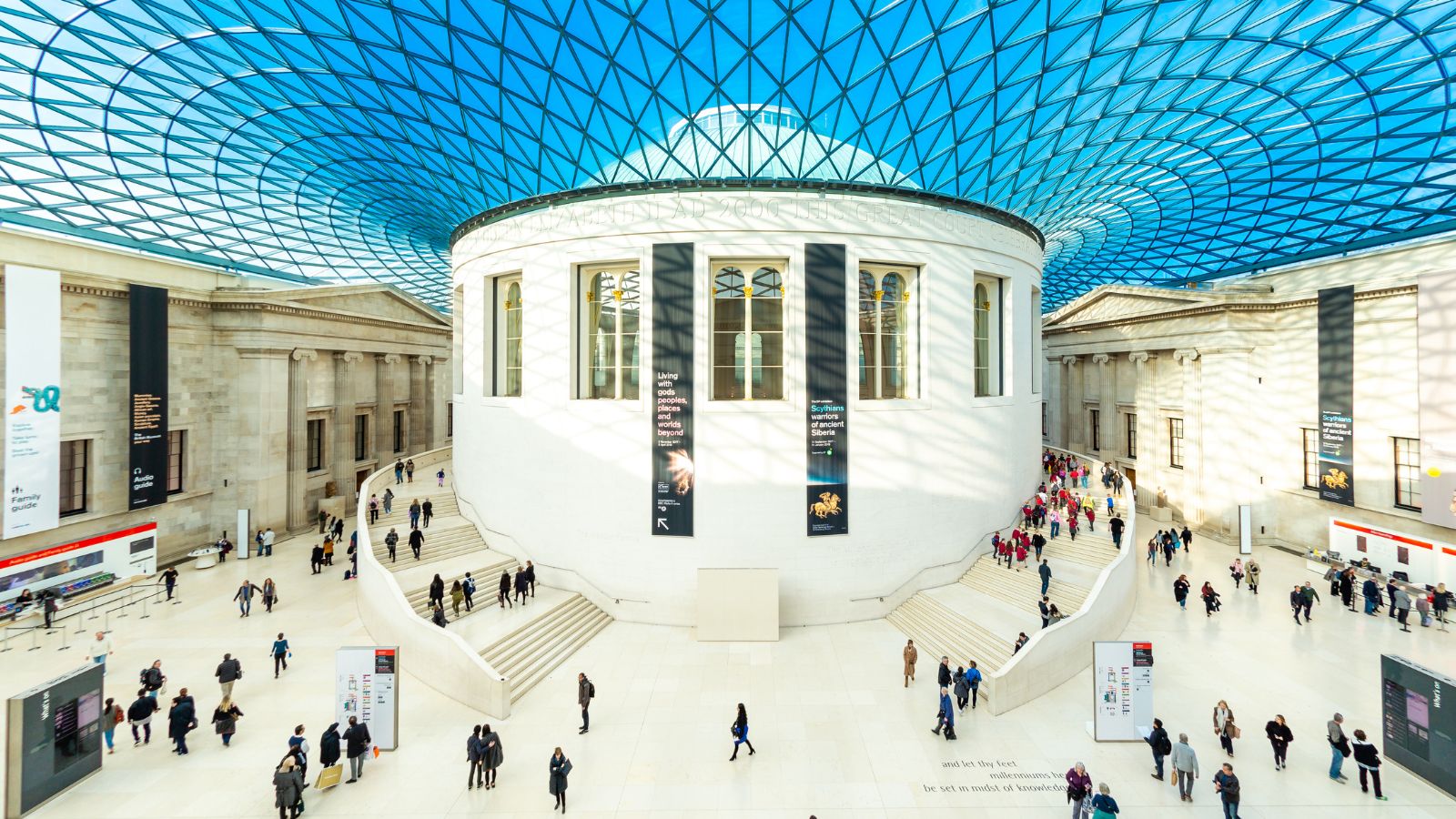
A must-visit for anyone interested in history and culture is the British Museum in London. Established in 1753, it houses a vast collection of artefacts from around the world, spanning over two million years of human history. From the Rosetta Stone to the Elgin Marbles and from ancient Egyptian mummies to Viking treasures, the museum offers a fascinating journey through time.
The Lake District
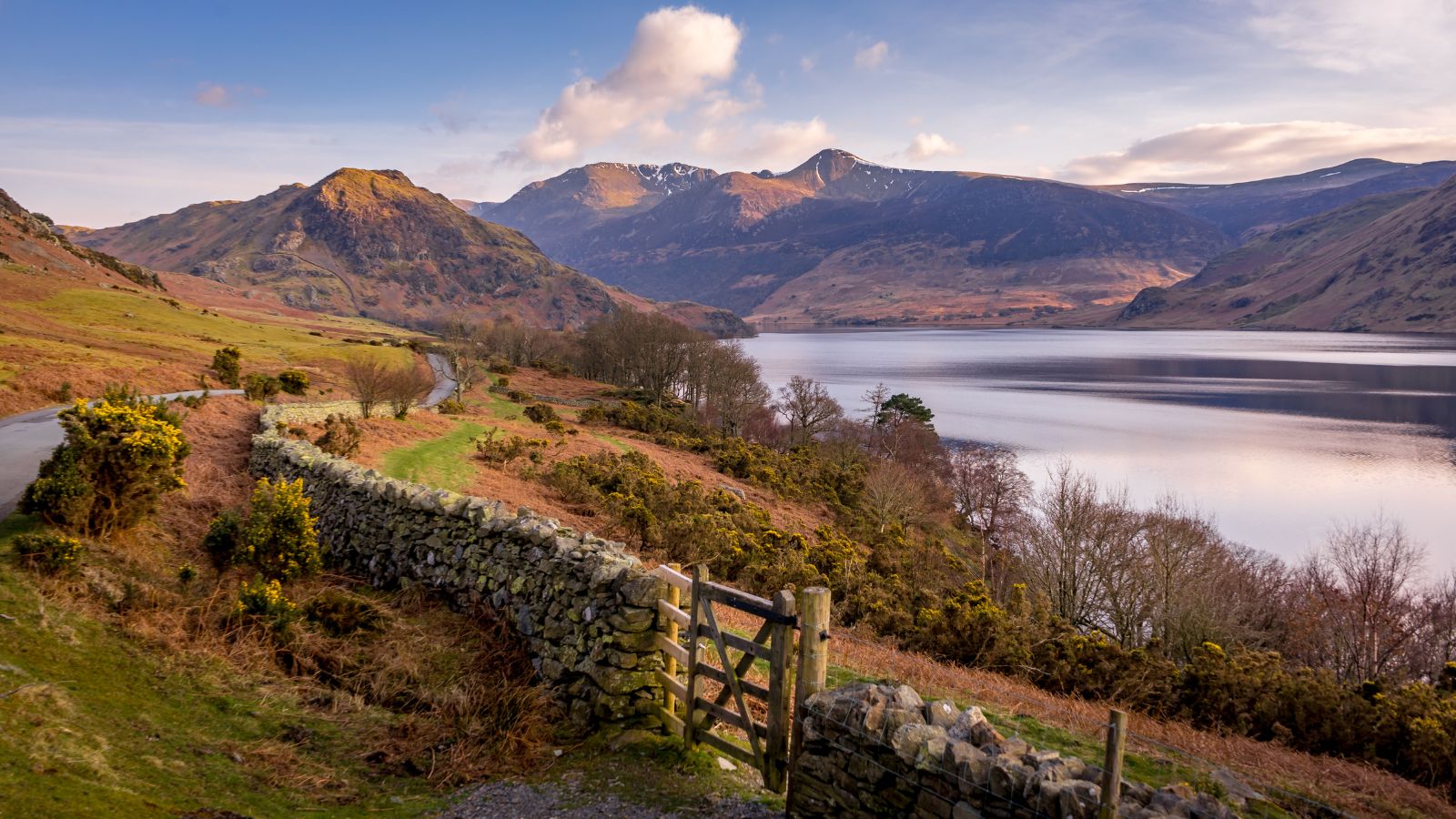
While not a single historic site, the Lake District in Cumbria is rich in history and natural beauty. This national park has inspired countless writers and poets, including William Wordsworth and Beatrix Potter, while the region is dotted with charming villages, ancient stone circles, historic houses, and tranquil lakes.
Windsor Castle
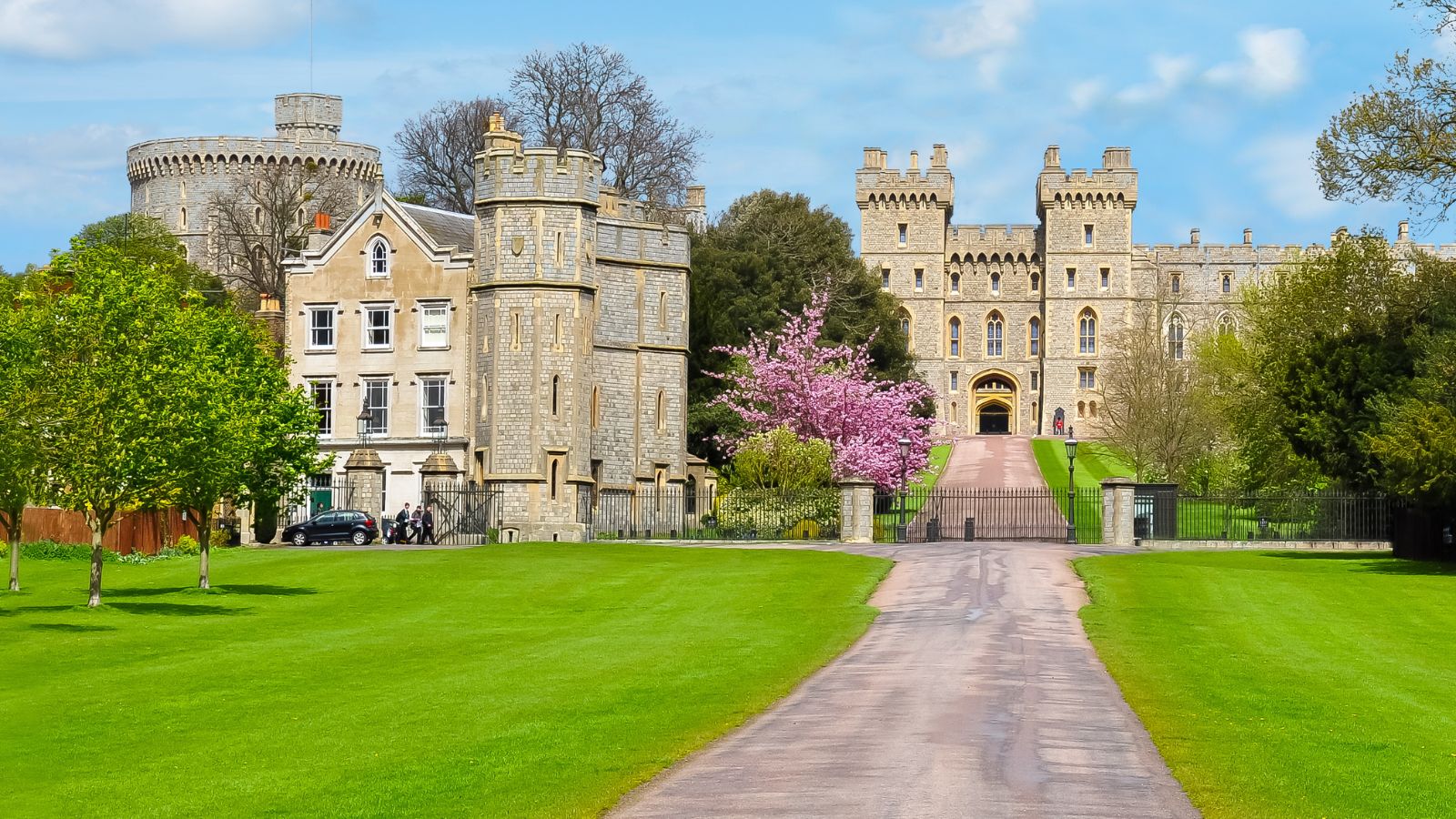
Windsor Castle is the oldest and largest inhabited castle in the world and one of the official residences of the British monarch. Originally built by William the Conqueror in the 11th century, it has been home to 39 monarchs over the centuries. Visitors can explore the State Apartments, St George’s Chapel, and the beautiful grounds.
The Houses of Parliament
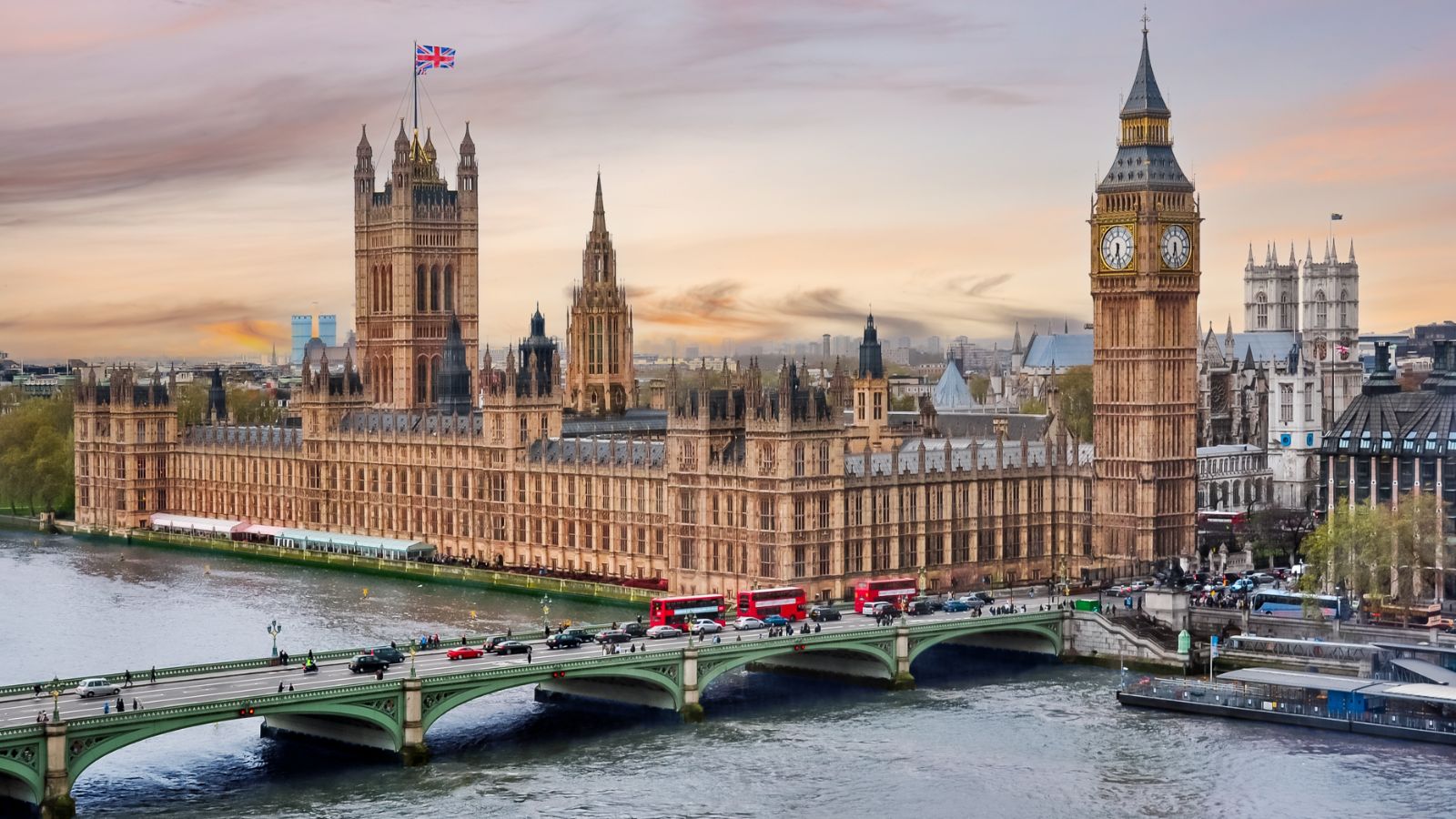
Found on the banks of the River Thames, the Houses of Parliament is an iconic symbol of British democracy. The current building, with its stunning Gothic architecture, was completed in the mid-19th century after the original was destroyed by fire. Visitors can take guided tours to explore the historic chambers of the House of Commons and the House of Lords, as well as the famous Big Ben clock tower.
Blenheim Palace
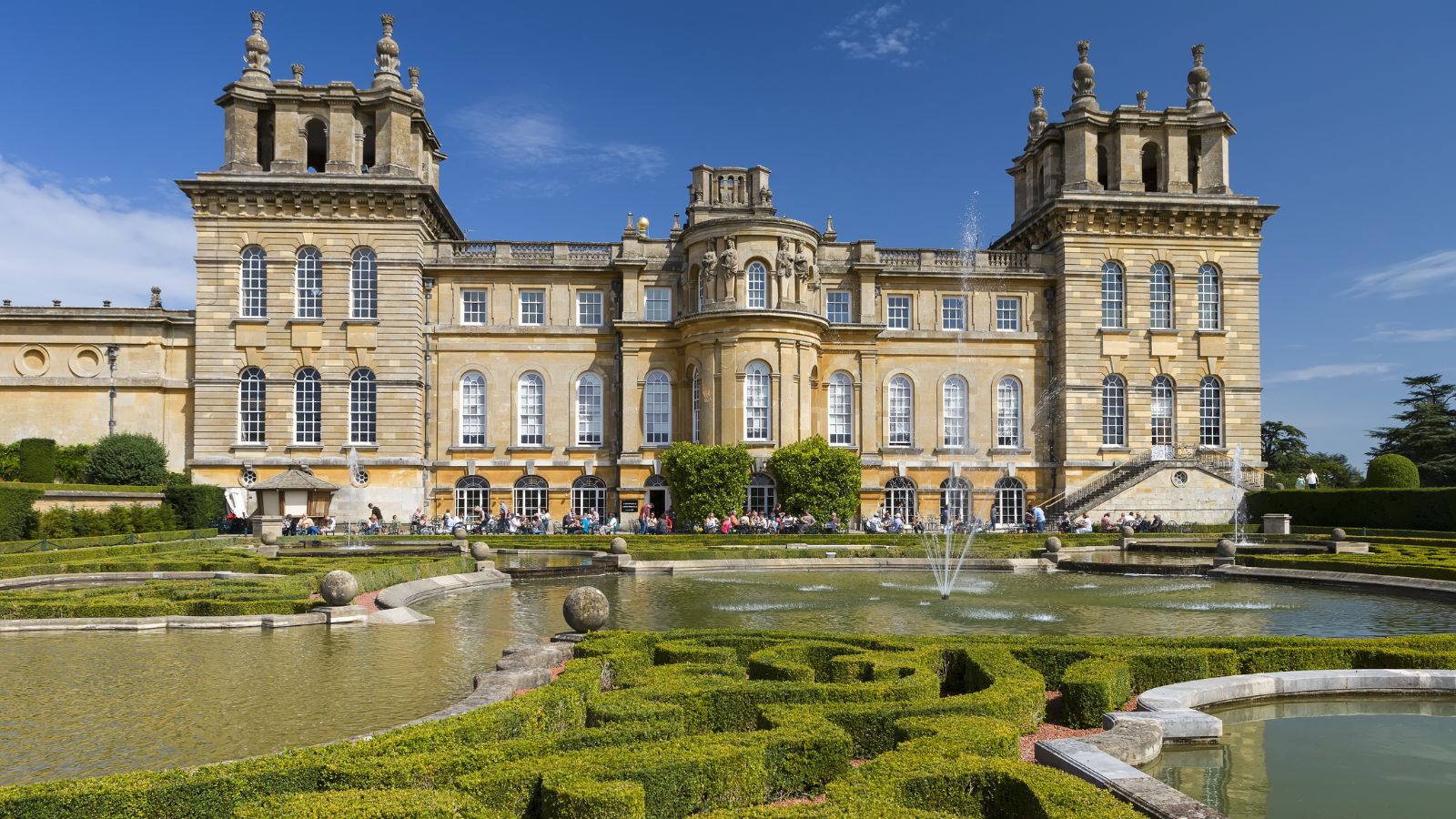
Blenheim Palace, located in Oxfordshire, is one of Britain’s grandest stately homes. Built in the early 18th century, it was the birthplace of Sir Winston Churchill and is still home to the Duke of Marlborough. The palace’s opulent Baroque architecture, stunning gardens, and impressive art collections make it a fascinating place.
The Giant’s Causeway
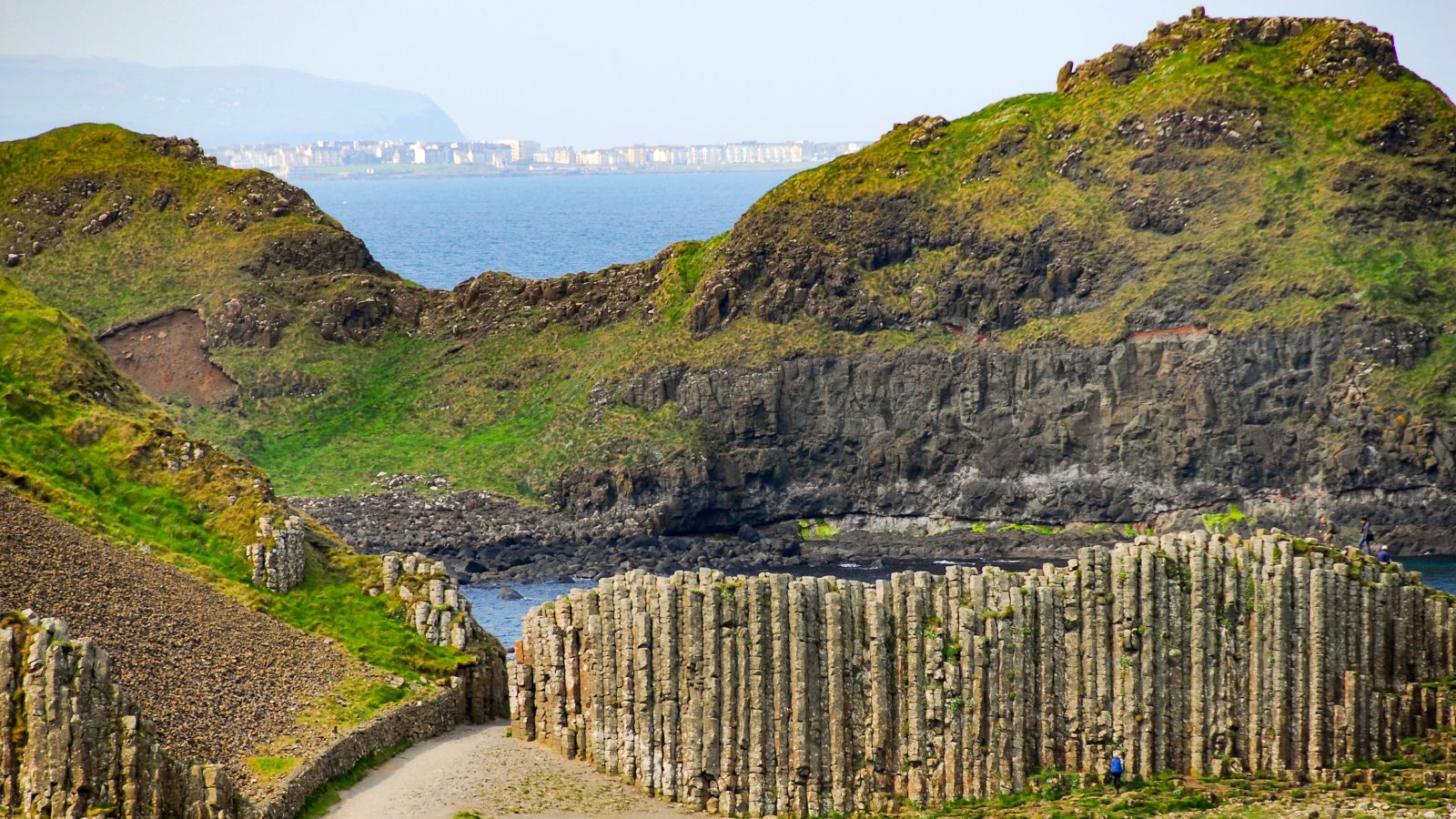
The Giant’s Causeway is a natural wonder on Northern Ireland’s coast that has fascinated visitors for centuries. This UNESCO World Heritage Site consists of about 40,000 interlocking basalt columns formed by an ancient volcanic eruption. According to legend, the causeway was built by the giant Finn McCool.
The Cliffs of Dover
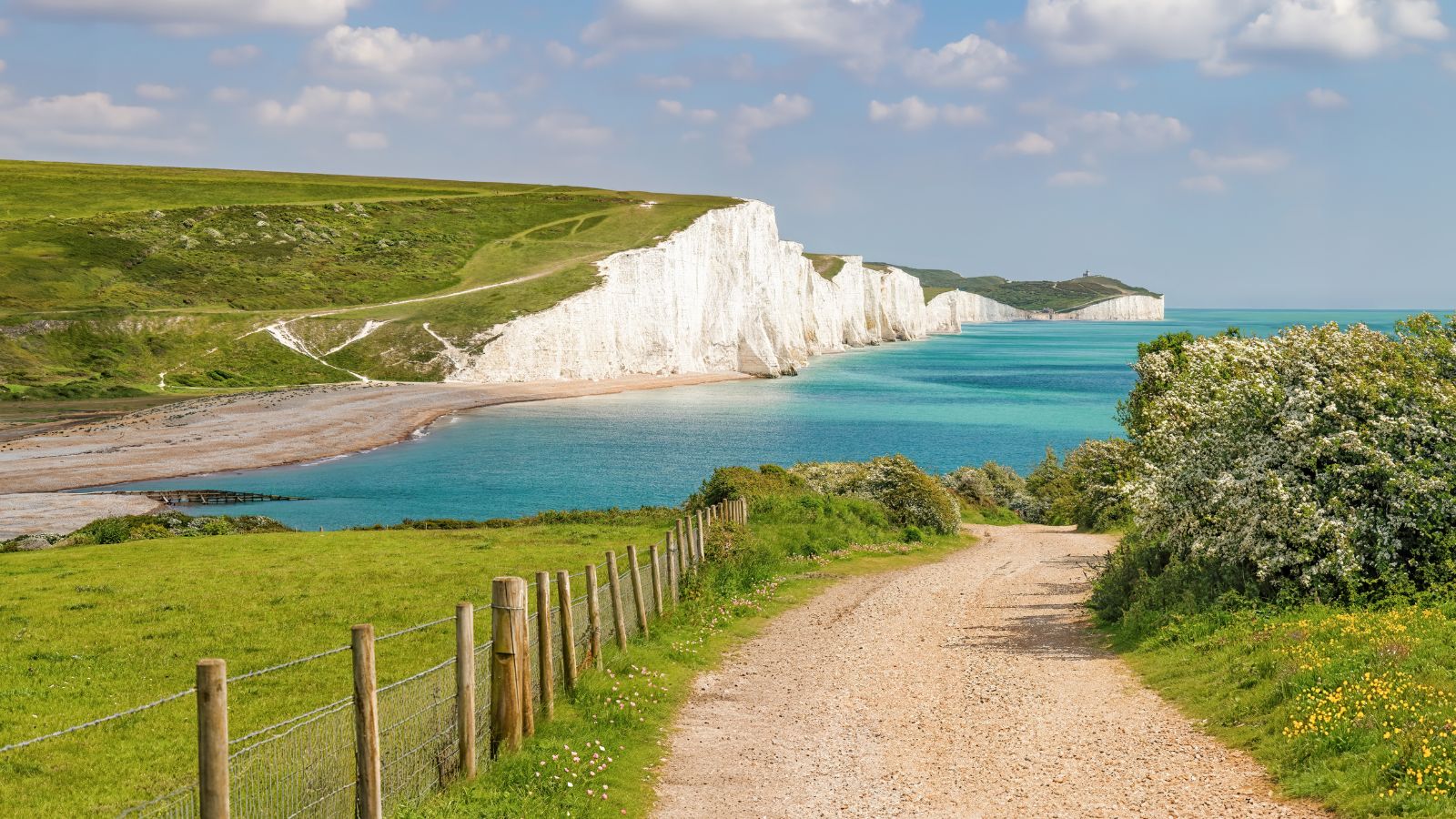
One of England’s most famous natural landmarks, the striking chalk cliffs of Dover have been a symbol of Britain’s resilience and hope for centuries, especially during times of war. The cliffs offer stunning views across the English Channel and are rich in history, with ancient fortifications and wartime tunnels waiting to be explored.
Stratford-upon-Avon
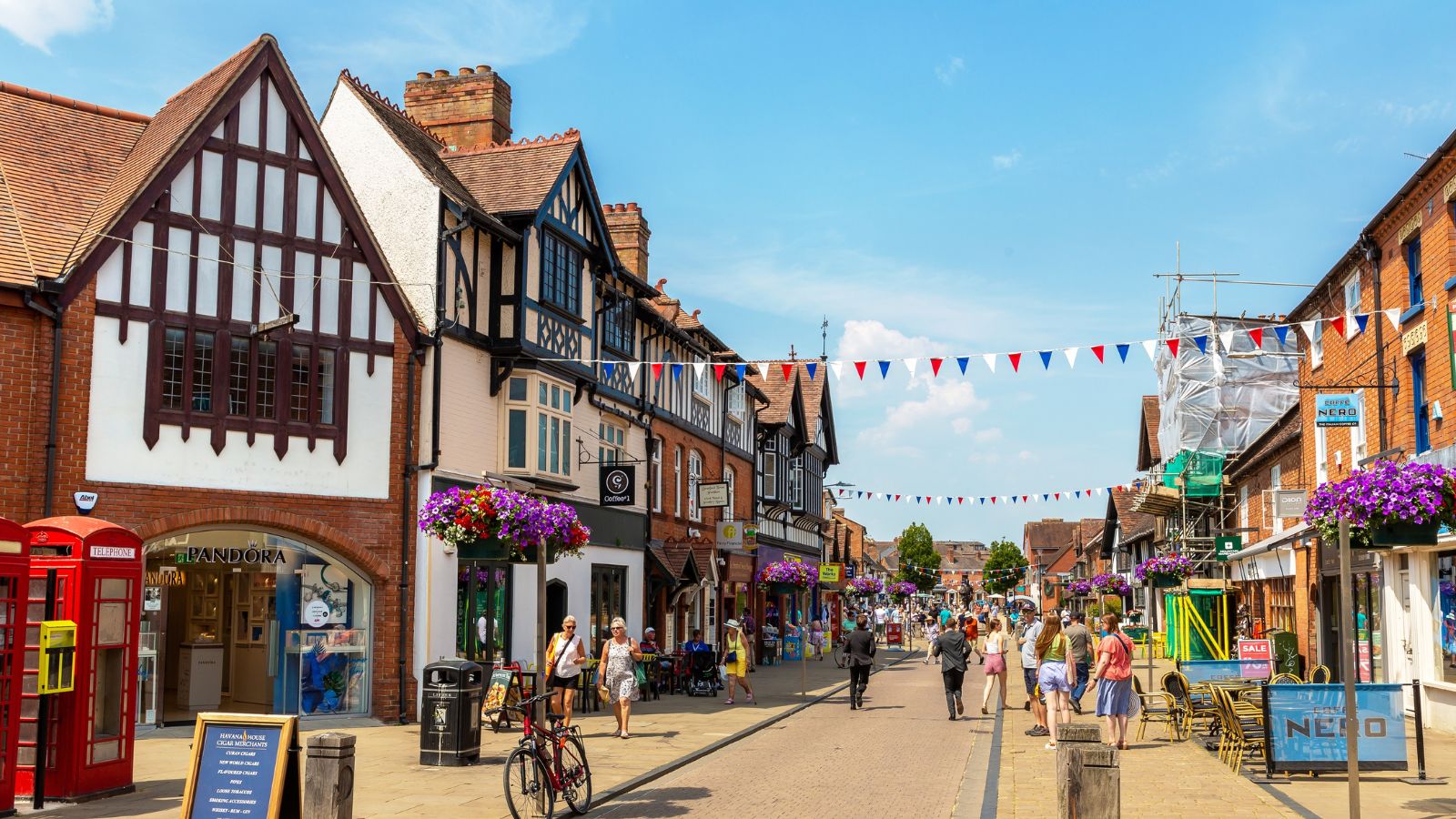
Stratford-upon-Avon is a charming market town best known as the birthplace of William Shakespeare. Visitors can tour Shakespeare’s Birthplace, Anne Hathaway’s Cottage, and other historic buildings connected to the playwright. The town also hosts the Royal Shakespeare Theatre, where you can enjoy performances of his works.
York Minster
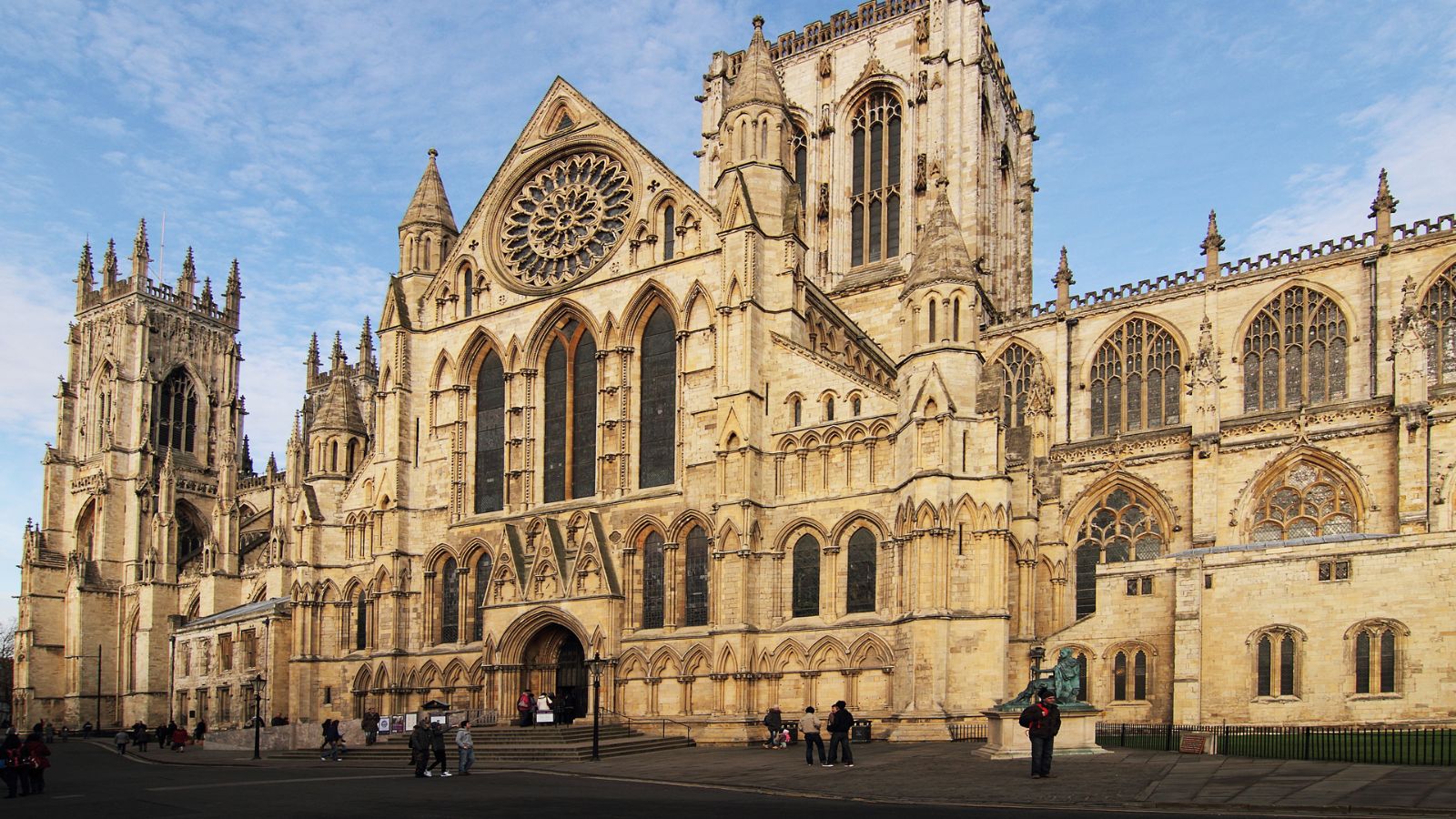
One of the largest and most beautiful Gothic cathedrals in Europe, York Minster is located in the historic city of York. This stunning building took over 250 years to complete and is now renowned for its magnificent stained glass windows—particularly the Great East Window.
The Cotswolds
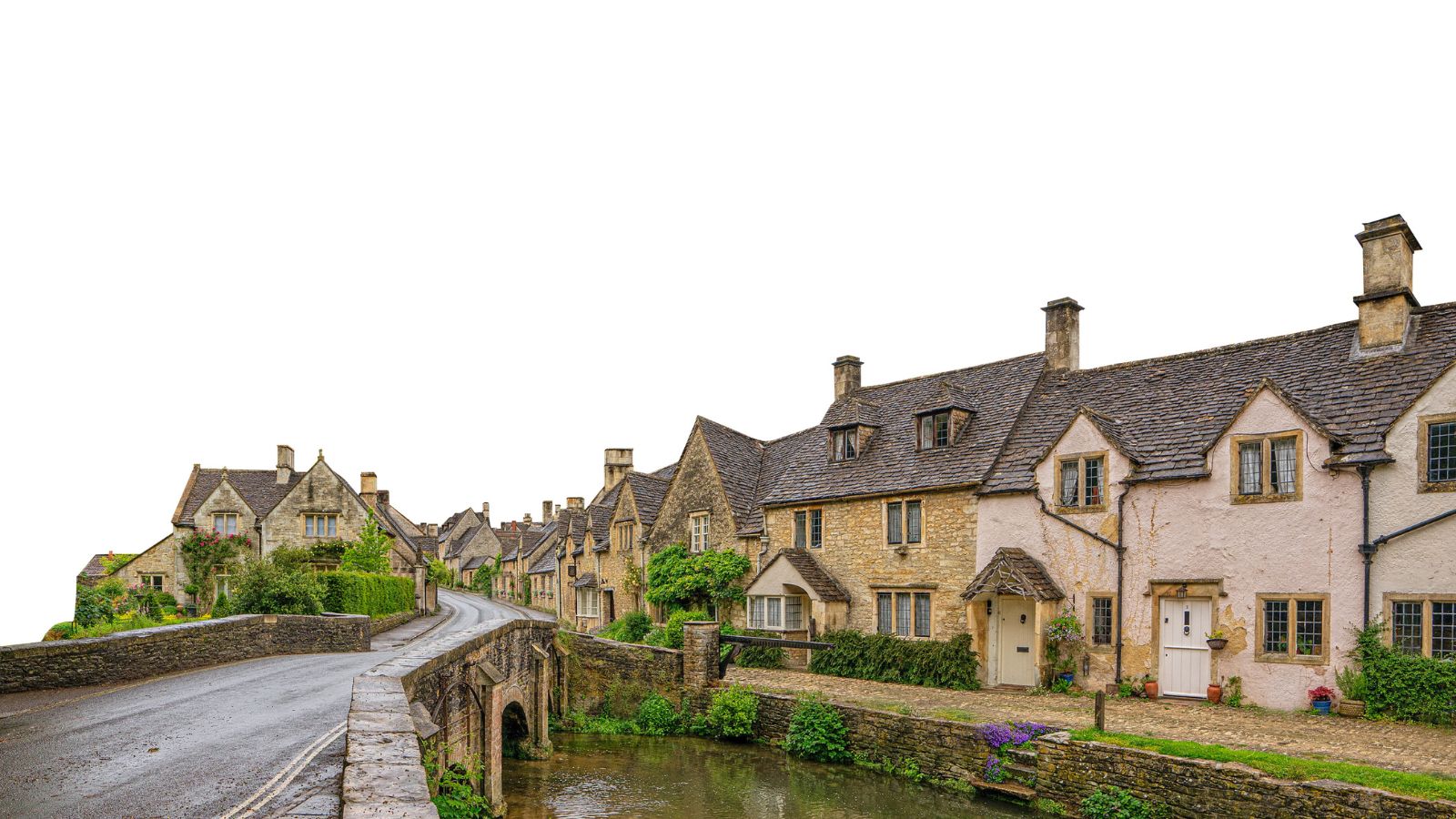
The Cotswolds, an area of outstanding natural beauty, is renowned for its picturesque villages, rolling hills, and historic sites. Visiting the Cotswolds feels like stepping into a storybook with charming stone cottages, medieval churches, and market towns. Highlights include the ancient Roman city of Cirencester, the idyllic village of Bourton-on-the-Water, and the historic Blenheim Palace.
The Titanic Belfast
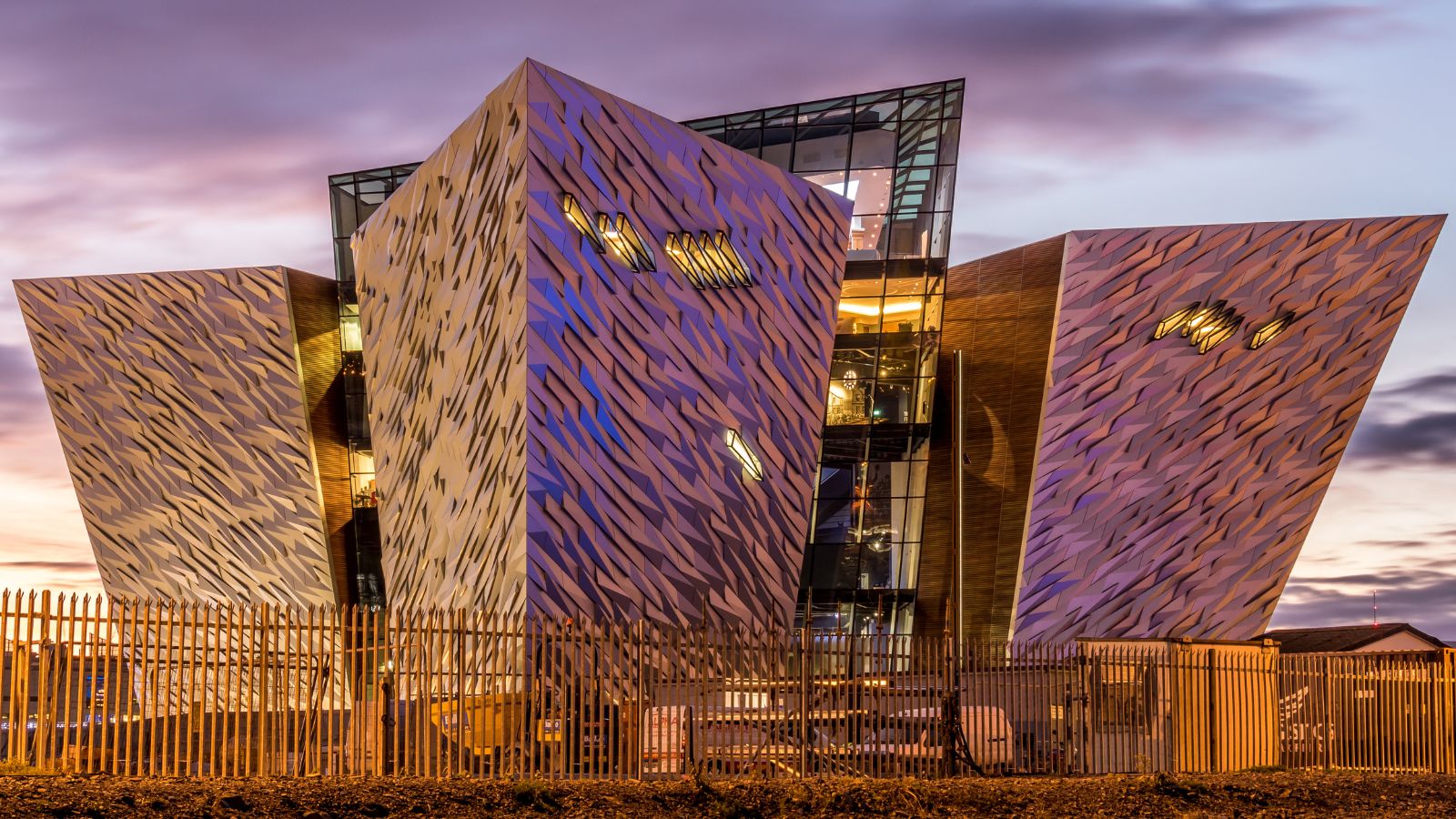
An impressive museum located on the site of the former Harland & Wolff shipyard, where the RMS Titanic was built, the Titanic Belfast opened in 2012. The museum’s striking design and interactive exhibits tell the story of the Titanic, from its construction and launch to its tragic sinking.
Cardiff Castle
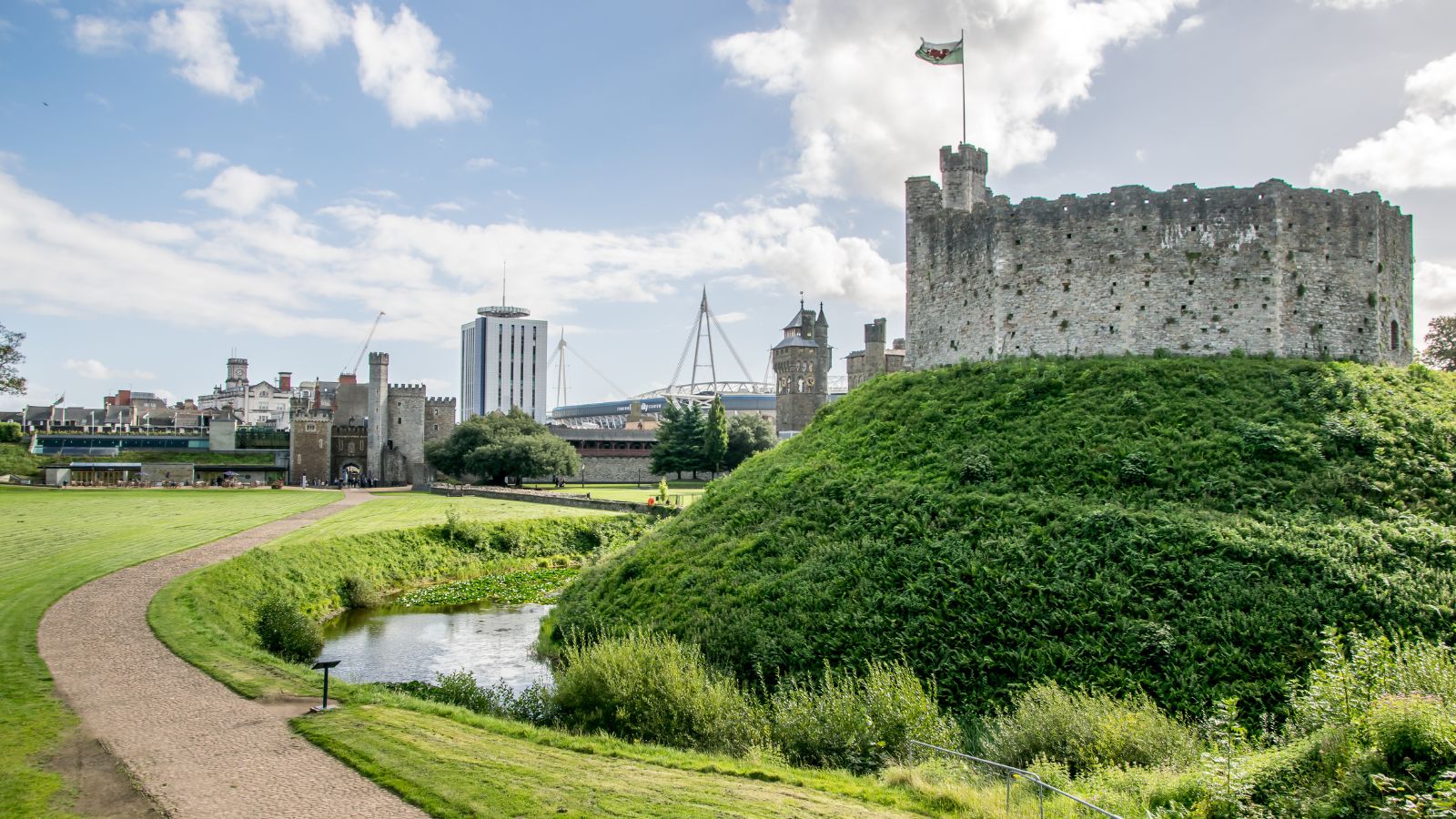
Cardiff Castle, located in the heart of the Welsh capital, is a unique blend of Roman fort, medieval fortress, and Victorian Gothic fantasy. The castle’s rich history spans over 2,000 years, with each era leaving its mark, and visitors can explore the Roman walls.
St Paul’s Cathedral
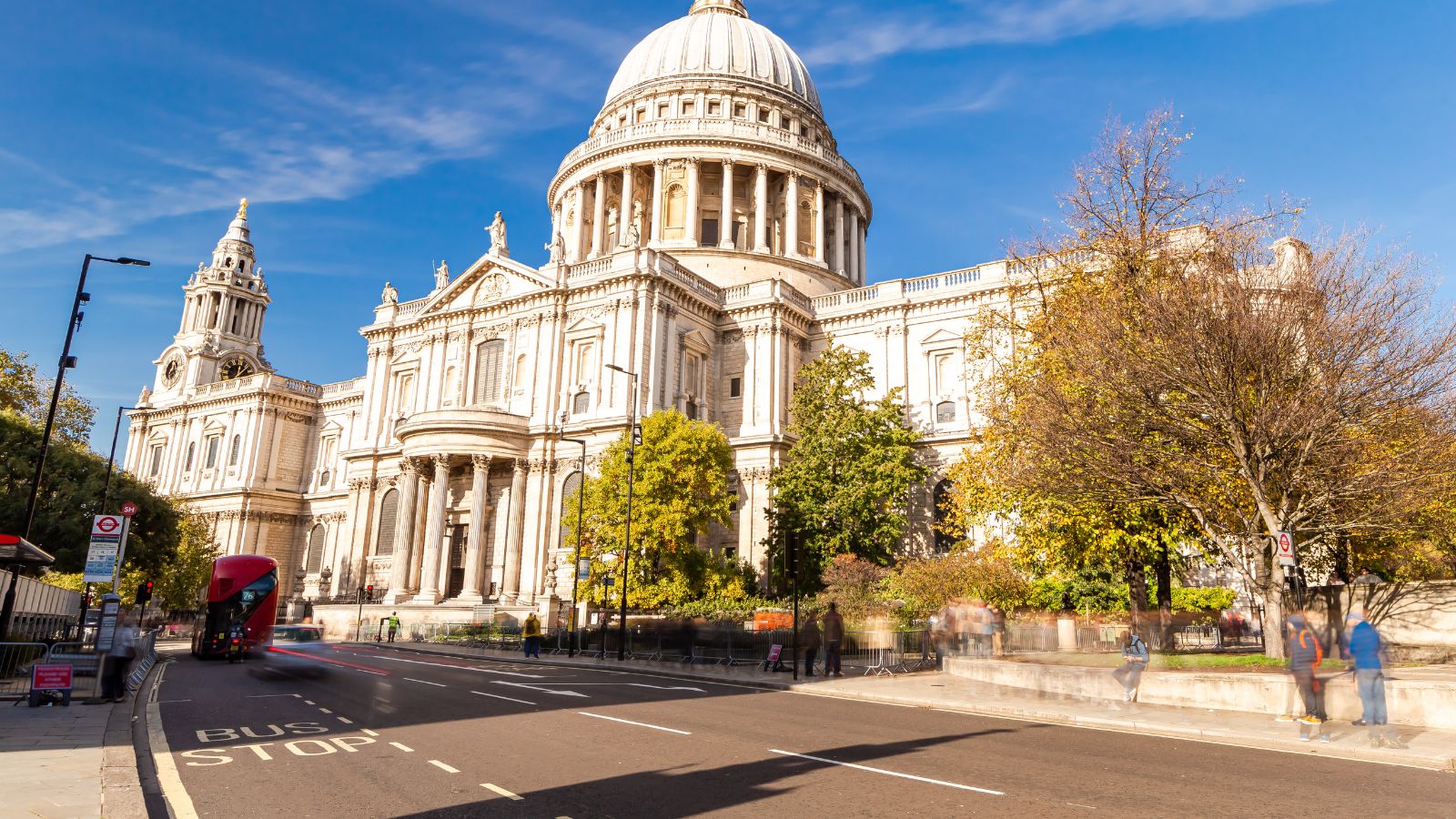
With its iconic dome, St Paul’s Cathedral is one of London’s most recognisable landmarks. Designed by Sir Christopher Wren and completed in 1708, the cathedral has been the site of many significant events, including the funerals of Lord Nelson and Sir Winston Churchill and the wedding of Prince Charles and Lady Diana.
The Royal Pavilion

A former royal residence that stands out for its exotic and extravagant design, the Royal Pavilion in Brighton was built in the early 19th century for King George IV, and the pavilion’s Indo-Saracenic architecture and opulent interiors reflect the king’s taste for luxury and the exotic.
The Falkirk Wheel
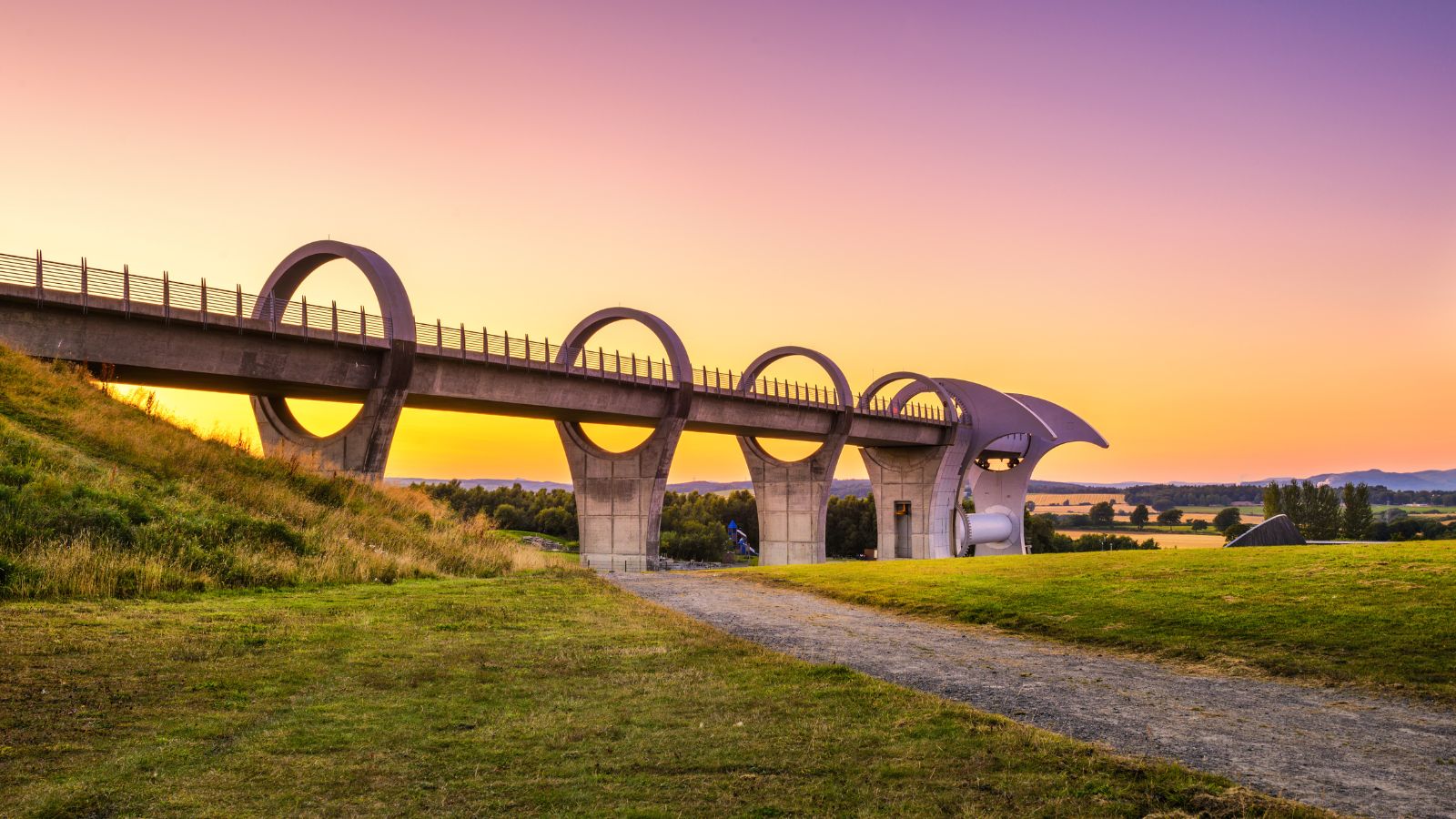
While not ancient, the Falkirk Wheel in Scotland is a testament to modern engineering and a unique addition to the country’s historic landscape. This rotating boat lift connects the Forth and Clyde Canal with the Union Canal, raising boats 35 metres in the air.

